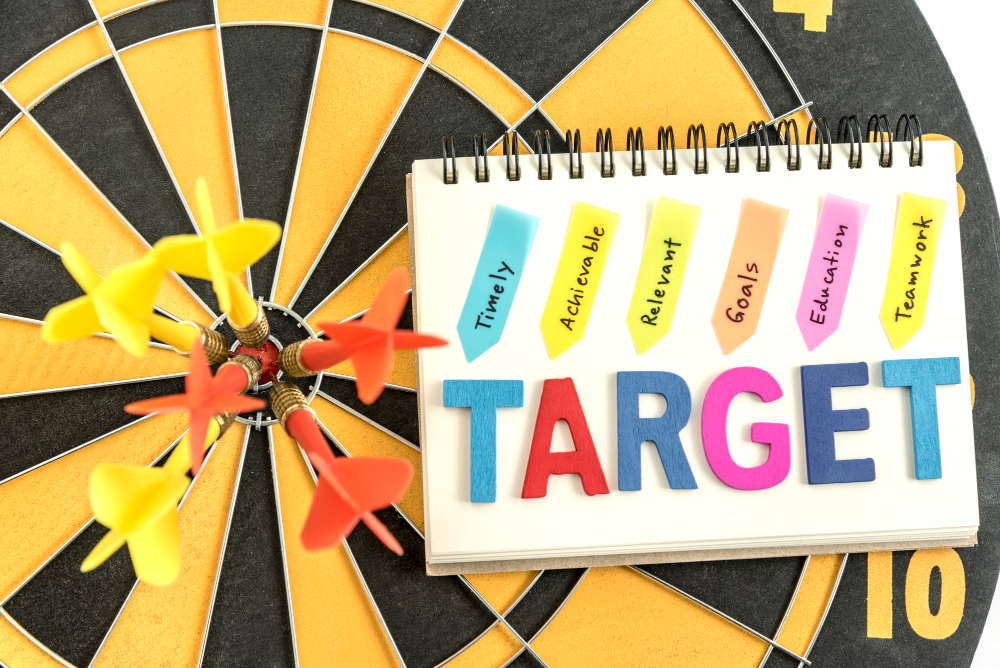Whether you’re working for a company that pays for advertising ideas or you’re simply looking to get paid for your creative talent, coming up with original ideas is a skill worth developing. From copywriting to marketing and PR, there are many ways you can use your creativity to generate a living.
Think outside the box.
When it comes to advertising ideas, thinking outside the box can be a challenge. However, it can also be one of the most rewarding things you can do for your business. It can help you spark greater creativity in your team and lead to bigger success down the road.
To come up with creative advertising ideas, you can start by taking a step back from your daily work and allowing your mind to wander. This could be through reading a book, taking a walk or watching a television show that doesn’t have anything to do with your business.
This is important because your brain can start to see problems from a different angle and create solutions that are completely new. It’s also helpful if you ask others for feedback on your ideas.
Another way to think outside the box is to brainstorm with your team. Give everyone a few minutes to think about the problem, then allow them to share their ideas with the group in turns.
When you do this, you’re likely to come up with a lot of solutions that are unique and creative. This is a great way to test your ideas and determine whether they’re worth investing time and effort into.
The next time you’re looking for a creative advertising idea, try asking someone who doesn’t work in your industry for their opinions. This is especially helpful if you’re unsure of the best way to approach the problem.
It may seem weird to ask strangers for ideas, but it’s a great way to spark new ideas and perspectives. People with different backgrounds, life experiences and educational degrees can offer a wide range of ideas that you’d never consider on your own.
Using creative marketing ideas can be a fantastic way to increase sales and bring your business to the next level. It can even help you become a trailblazer in your industry and make a name for yourself. These marketing tactics are sure to get your company noticed and have people talking about it for years to come!
Research your niche and target market
If you are struggling to come up with advertising ideas, it is important to research your niche and target market. This will help you to develop a marketing strategy that will appeal to your audience and generate sales for your business.
Niche markets have a higher rate of repeat purchases and higher customer loyalty than broad markets. This means that your marketing efforts will be more effective and less costly than attempting to reach a large group of potential customers.
To determine a niche, first identify an unmet or underserved need that your product or service can address. This can be a pain point for your customers, or it could be something that your competitors are missing.
In addition to finding a need, you will also want to make sure that your niche is large enough to provide a good return on investment. For example, if you sell high-performance running shoes, then your target market may be an elite athlete who is looking for shoes with the best performance characteristics.
Another important part of niche marketing is to create buyer personas. These are detailed descriptions of your potential customers and their buying behaviors. These personas can be helpful in determining how to solve your customers’ problems and what products will be best for them.
Your website and social media analytics can provide insights into your niche’s interests. This information can be gleaned from the content on your website, the pages that visitors spend most of their time on, and the search engines or social media platforms that send them to your site.
If you have a good idea of your niche’s demographics, you can conduct further research using surveys or focus groups to find out more about their buying habits. You can also ask them for feedback and testimonials about your products or services.
You can also research your competitors to see how they market and what their clients say about them. This will give you an idea of what to include in your own marketing campaigns and what not to do.
You can even use software that monitors online conversations to learn more about your audience. This will give you a more accurate picture of who your target market is, and it will make it easier to find out what they like and don’t like about your brand.
Develop a plan.
One of the best ways to come up with a winning advertising idea is to do some planning. This will allow you to be more creative when it comes to coming up with a new concept. In order to do this, you must first define your niche and target market. Next, you need to do some research and learn as much as you can about the industry you’re working in. This will help you determine what kind of marketing strategies and media will be most effective at bringing in customers.
A plan is a program or method that is created ahead of time in order to accomplish a specific task. Often, plans are accompanied by diagrams or other visual aids. They can be used for both routine and high-stakes events, ensuring that all parties involved are on the same page and get the job done.
The term “plan” can also be used to describe any method or process that achieves a desired result. A more granular definition may include a step-by-step checklist or plan of attack, as well as a more specialized approach such as strategic planning or project management.
Despite the ubiquity of the Internet, the ability to brainstorm innovative ideas is still a skill that many small businesses are lacking. The key to this is to engage with people in your field and solicit their input. A huddle of creative minds can be the spark that will light the fuse between a good idea and an amazing one.
Pitch your idea.
In the advertising world, there is a lot of competition for promoting products and services. This makes it essential to come up with creative advertising ideas.
One way to get your idea out there is to pitch it to an agency. This is a popular way to get your idea noticed, and it’s also a good way to see if you have any potential for securing funding or partnership.
Once you’ve identified a target agency, make an appointment to meet with them and prepare your pitch. This will give you an opportunity to demonstrate your creativity and show them why they should choose you over the competition.
Your first step in any pitch is to get your idea across clearly and concisely. This means writing a logical and straightforward introduction that introduces your concept, explains how it fits into their business, and answers the question of why it matters.
To help your potential client understand why your idea is so innovative, you can include data and information that demonstrates its benefits. This is particularly important if you’re pitching to investors, who want to know that your idea has value for them.
You can also demonstrate your idea through an example, or a case study. This can help your potential client visualize how your ideas will be implemented and how they’ll improve their business or product.
Then, walk your potential client through the research you’ve done and the ad platforms you plan to use. This will make your campaign seem more realistic, and will give them confidence in your skills and expertise.
When you’re ready to deliver your pitch, be sure to make eye contact with your audience. This will make them feel more connected to you and your idea, which will increase their interest in the project.
It’s common for people to be nervous before a big presentation, so make sure that you prepare ahead of time. Getting ready in advance will reduce your stress and ensure that you deliver a great pitch!
In addition, be sure to protect your ideas and the information you present in your pitch. If you’re pitching to an ad agency, be sure to sign a nondisclosure agreement so that they don’t use your ideas without your permission.






